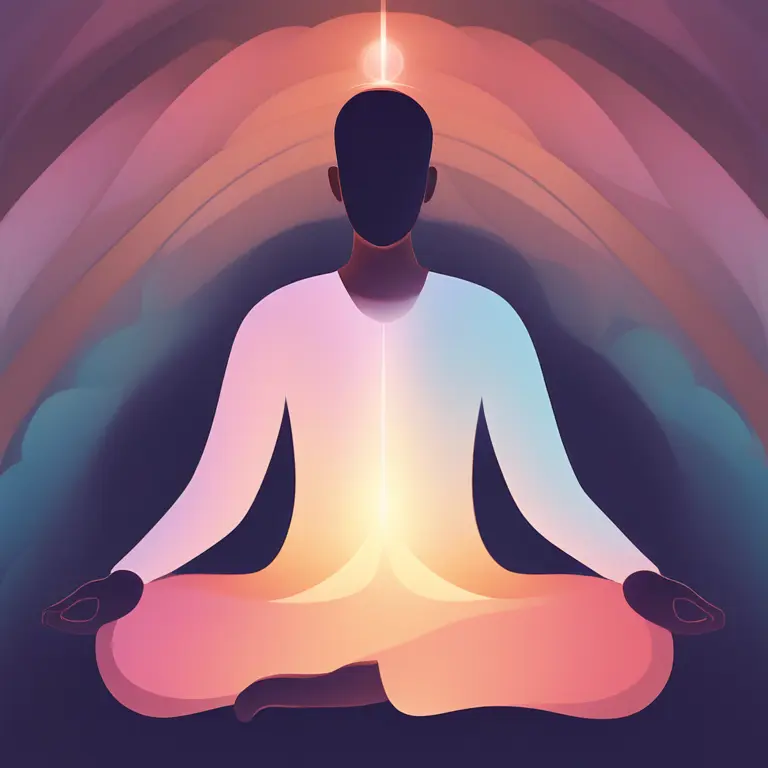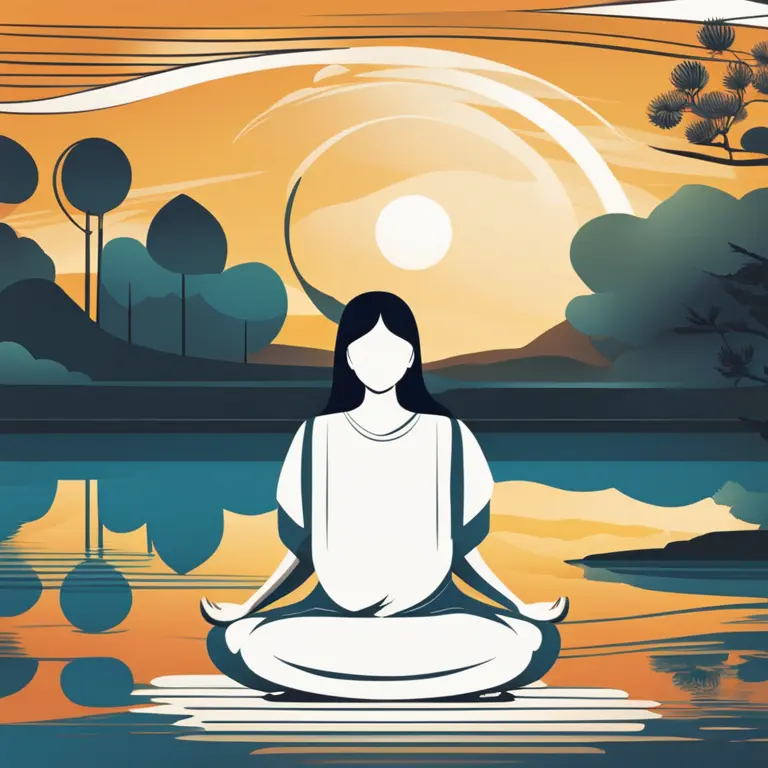
Mastering Meditation Techniques: A Guided Journey
Discover effective meditation methods to enhance focus, relaxation, and inner harmony in this comprehensive guide to mastering meditation techniques.
article by Hina Kurosawa
Incorporating Basics
Meditation, an ancient practice rooted in various cultures, has gained widespread popularity for its numerous benefits. Focusing on the basics is essential for beginners and experienced practitioners alike. Start by selecting a quiet and comfortable space where disturbances are minimized. Consistency in practice helps in cultivating a routine, so set a fixed time each day to meditate. Ensuring comfort in your posture, whether seated, lying down, or walking, is key. Remember, the goal of meditation is not to stop thoughts but to observe them without attachment, an approach that can significantly reduce stress and improve concentration.

Mindfulness Meditation
Mindfulness meditation is about being present in the moment, which involves paying close attention to your thoughts, feelings, body sensations, and external environment without judgment. This technique fosters a greater awareness of the now, empowering one to break free from automatic thoughts and reactions. Practitioners are encouraged to start with short sessions of 5-10 minutes per day, gradually increasing duration as comfort with the process grows. Mindfulness can be applied to any daily activity, ensuring a meditative quality throughout one’s routine, thereby enhancing overall quality of life.

Focused Meditation
Focused meditation involves concentration on a single point of reference. This could be an object, a sound, a visual, breath, or even a simple concept. The challenge here is maintaining concentration when distractions arise. By redirecting attention to the chosen focus, one cultivates stronger attention skills. Ideal for those who require a more structured approach, it can enhance mental clarity and reduce stress. As proficiency grows, the practitioner can hold focus for lengthier periods, promoting deeper states of peace and insight.

Mantra Meditation
Mantra meditation utilizes the repetition of a sacred word or phrase, known as a mantra, to anchor the mind. This sound or phrase is silently repeated during meditation, bringing a sense of calm and heightened focus. When the mind wanders, gently guide it back to the mantra. This method is linked with various traditions, most notably within Hinduism and Buddhism, and is accessible to anyone regardless of spiritual beliefs. Different mantras can induce specific vibrations and states of consciousness, offering a personalized meditative journey.

Movement Meditation
For those who find stillness challenging, movement meditation is a beneficial alternative. This practice includes yoga, tai chi, qigong, and other gentle forms of motion that marry breath and movements to achieve a meditative state. Movement meditation is ideal for improving physical strength and flexibility as well as mental stamina. The fluid transition from one pose to another helps in maintaining focus and developing a profound connection between the body and mind, aiding in stress relief and emotional stability.
Progressive Relaxation
Also known as body scan meditation, progressive relaxation is a practice aimed at reducing tension in the body and promoting relaxation. It involves sequentially tensing and then relaxing different muscle groups throughout the body. This technique not only aids in releasing physical stress but also trains the mind to recognize and release tension on a mental level. It can be particularly useful before bedtime to improve sleep quality or at any time to alleviate anxiety.
Visualization Meditation
Visualization or guided imagery is a technique in which one visualizes a peaceful scene or setting. Imagery can involve all senses, empowering the individual to use the power of the mind to evoke calming emotions and sensations. Practitioners may guide themselves or use pre-recorded scripts for structured visualization. Effective for stress reduction and fostering creativity, visualization can also be used to prepare for upcoming challenges by mentally rehearsing successful outcomes.
Published: 2/12/2024
Modified: 2/12/2024
More predictions
Come back here soon to learn more about yourself and your future


Calming the Mind: Meditation Practices for Anxiety Relief
Discover effective meditation techniques designed to soothe anxiety and promote tranquility in our daily lives.


Variety of Meditation Practices for Inner Peace
Discover a curated list of meditation techniques to cultivate mindfulness and tranquility in your daily life.


Varieties of Meditation: A Comprehensive Guide
Discover the diverse meditation techniques to enhance your mental wellness and spiritual growth. Delve into this guide for insight into the different paths of mindfulness.